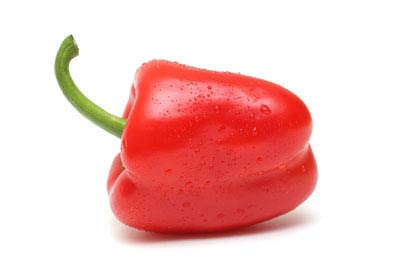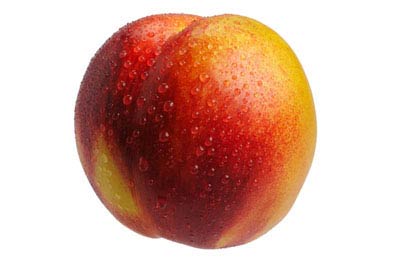This link is to the National Center for Home Food Preservation. They are a website created to help educate people on the safest ways to preserve foods at home. It is a great resource for the home preservationist. I highly recommend looking at what they have to say given the scientific data and research involved in their findings.
Here is their project summary and a list of some of the topics they cover:
"Home food preservation remains an important and popular cultural activity. It is critical that those who practice preserving and processing foods at home have access to the most reliable information available concerning food safety and food quality. The Cooperative Extension System (CES) and USDA have long been recognized as credible sources for science-based recommendations. However, developmental work on new or continued recommendations has been sporadic since the 1950s due to availability of resources and probably interested persons. Two national surveys conducted by the Center in 2000 and 2005 both revealed a high percentage of home food processors are using practices that put them at high risk for foodborne illness and/or economic losses due to food spoilage.
The National Center for Home Food Processing and Preservation was established with funding from the Cooperative State Research, Education and Extension Service (CSREES-USDA) in 2000 as a multi-institutional effort with The University of Georgia and Alabama A&M University as the primary institutions. Expert scientists in home food preservation from industry and eight other U.S. universities comprised an advisory committee for the Center. Home food preservation recommendations were updated through laboratory development and testing of products and critical literature reviews; recommendations from USDA and the Cooperative Extension System have been made available through this website; a new video series; on online self-study course; revision of the USDA Complete Guide to Home Canning (December 2009); updating of Extension professionals in various states; and, various other publications on the website."
Seasonal Tips
Seasonal TopicsWinter
Be Safe Eating Your Homemade GiftsCanning Chocolate Sauces Unsafe
Canning in Winter Can Be a Blast
Freezing Casseroles, Soups and Stews
Mailing Food Gifts to U.S. Military
Mail Order Food Safety
New Cranberry Recipes Add Spice to your Holiday Table
Resources for Home Food Preservation Gifts
Spring Gardening: Getting Ready
Food Safety for those Glorious Holiday Goodies
Spring
Keep a Garden Record Book - Thomas Jefferson DidPlan Ahead for Home Canning This Summer
Summer
Can Your Vegetables SafelyFreezing Summer's Bounty
Low Sugar Alternatives for Jams and Jellies
Pickling: Not Just For Cucumbers Anymore
Preparing for Power Outages
Preserving a Harvest of Tomatillos
Preserving Food at Home Can be Rewarding, Costly
Resources for Home Preserving Tomatoes
Resources for Home Food Freezing
Sorting Out Tomato Canning Directions
What to do if the Freezer Stops HTML Spanish
Fall
Apple AlternativesApples are Peaking; Choose the Best Preservation Method
Holiday Gifts For The Home Food Preserver
Preparing Safer Jerky
Resources for Home Preserving Pumpkins
Resources for Home Preserving Venison
When It’s Time to Store Canning Supplies…









